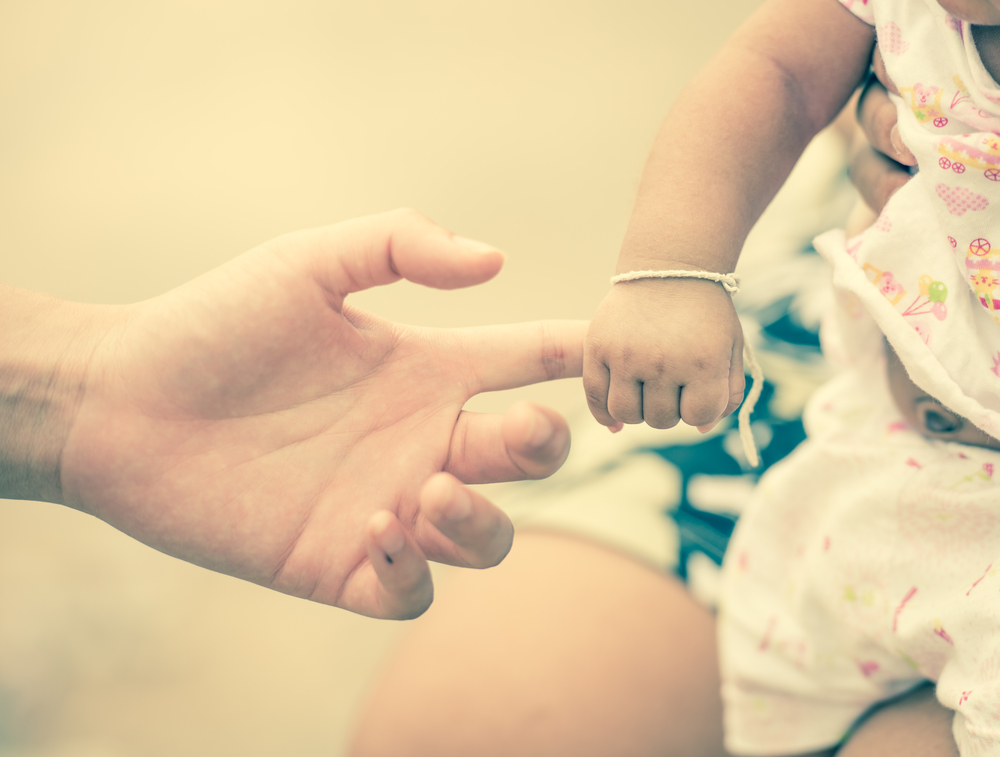The Ohio adoption process is often described as a journey of sorts, one that can take you on a lengthy adventure that involves unexpected turns and monumental choices. Before embarking on this trip of a lifetime, it’s a good idea to educate yourself about adoption so you are prepared for some of the experiences you’re likely to face. Understanding the steps of the adoption process will help you attain your goals and keep your needs met along the way.
Explore the Options
Adoptive parents have several different types of adoption from which to choose, with each having unique terms and styles. The type of adoption you choose will be determined by your lifestyle and the reasons you wish to adopt. The age of the child is one of the first considerations. Some parents wish to adopt a baby, while others are open to the possibility of adopting an older child. You also have to decide whether you want to adopt domestically or internationally. Private adoptions are one possibility, but some people opt to adopt through a foster care placement. The adoption itself might be closed, semi-open, or open, which determines the amount of contact, if any, there will be with the birth parent(s).
Adoption Expenses
Adoption is not without costs, so it’s important to know what expenses you will likely incur. Standard fees generally include the adoption professional’s fees, marketing costs to reach out to birth parents, a birth mother’s pregnancy-related costs, the cost of a home study, legal expenses, and travel expenses.
Select Your Adoption Professional
An adoption professional will manage the adoption process for you, assisting you through the various steps. Adoption professionals vary in the amount of services provided, so it’s important to understand exactly what services you’ll be getting before you hire someone. Perform your own research so you know what services you need and want. Then, research any professional before you make a final decision. Find out:
- How are birth parents found?
- How many children have been placed per year for the past few years?
- What are the average ages and backgrounds of children placed?
- How long does the average adoption process take?
- What is the average wait time?
- What does the home study involve?
- What will be the final cost of the full adoption?
- Are there any financial protection measures offered for failed adoptions?
After Choosing an Adoption Professional
The process begins in earnest after choosing your adoption professional. Expect to complete a large amount of paperwork, including applications and questionnaires required by child custody law that can be obtained from a family law or divorce lawyer. The answers to the questions will outline your preferences, especially regarding how you expect to interact with the birth parents. You will also set up your parent profile, which potential birth parents will be able to review.
The Home Study
Completing the home study will be the next step. Home studies are performed by a licensed professional, often a social worker. The home study has a couple of different purposes. Your suitability for becoming an adoptive parent will be analyzed, with the social worker gathering information about you through home visits. You’ll be interviewed to ensure that you’ll provide a healthy environment for a child. The social worker will ask questions about your background, relationships, education, employment, finances, and more. Once you successfully complete the home study, you’ll receive official approval to move forward with the adoption process.
Locating a Child
With approval from the home study, you may be able to peruse a list of children who are waiting for adoption or birth parents who might choose you to be their adoptive family for a baby that hasn’t been born yet. Once an expectant birth parent chooses an adoptive family, the opportunity is presented to you. You then have the option of accepting it or declining it. If you accept it, the adoption process moves forward to prepare for the placement of the baby in your home. Often, birth mothers will want to get to know the adoptive parents, which helps them feel comfortable with their decision. Many adoption professionals encourage interaction between birth mothers and adoptive parents so that everyone feels comfortable and confident about the decision.
Getting Ready for Placement
Adoptive parents usually have some time to prepare for the new child, which often includes getting the home ready and purchasing items that the child will need. Many parents also use this time to share news about the impending adoption. Announcing an upcoming adoption is different from announcing a pregnancy. Some well-meaning family and friends may want to throw a baby shower. However, it’s important to realize that the finalization of the adoption won’t happen right away after placement.
The Arrival
For those adopting a newborn, the call from the birth mother that labor has begun or that the baby has arrived will be an exciting event. Some adoptive parents will have the chance to go to the hospital to await the birth. The adoption professionals will assist with this process to make sure that everything goes smoothly.
Bringing Home the Child
With a newborn adoption, it’s common for the process of getting placement documents signed to take up to two weeks. After you bring the child home, the adoption professional or a third-party attorney will initiate the process of petitioning for the adoption. You’ll submit the petition to the court, along with any additional forms signed by you, the birth parents, and any other parties. The post-placement period before the finalization of the adoption may take between one and 18 months.
A post-adoption supervisory report will be conducted in your home, which involves an in-depth review of the child’s adjustment to the placement. Officials will review the child’s overall health and development to ensure that the child’s needs are being met. Expect to be questioned about the child’s social interactions, recreational activities, and academic progress (if applicable). Officials will observe to see if bonding has occurred between you and the child, how the child relates to others, how you are adjusting to your responsibilities, and how you are managing work schedules. If any changes in schedules, finances, or the physical home have occurred, these changes will be reviewed.
Adoption Finalization
The last step of the adoption process is the finalization. A hearing will occur that officially completes the adoption. This hearing should take up to 30 minutes with a Columbus child custody attorney, and when it’s finished, you’ll have permanent legal custody of your adopted child. Many call themselves a forever family at the end of this hearing.
Adoption Resources
- Laws Relating to Adoption
- Adoption Law: United States
- Who Can Be Adopted?
- Finding Forever Families: A Step-by-Step Guide to Adoption
- Adoption Guide: The Basics
- From Foster Care to Adoption (PDF)
- Getting Started
- Your Guide to Adoption
- Types of Adoption
- Post-Adoption Guide
- Structured Analysis Family Evaluation (PDF)
- The Adoption Home Study Process (PDF)
- Overview of the Adoption Home Study Process (PDF)
- Ten Things to Help You Prepare for the Home Study
- Adoption Home Studies: Six Insider Tips From Our Social Workers
- Home Study FAQs
- Adoption FAQs
- Frequently Asked Questions
- Thinking About Adoption: FAQs
- Adoption Questions and Answers
- Frequently Asked Questions About Adoption
This page was last updated by Brian Joslyn


